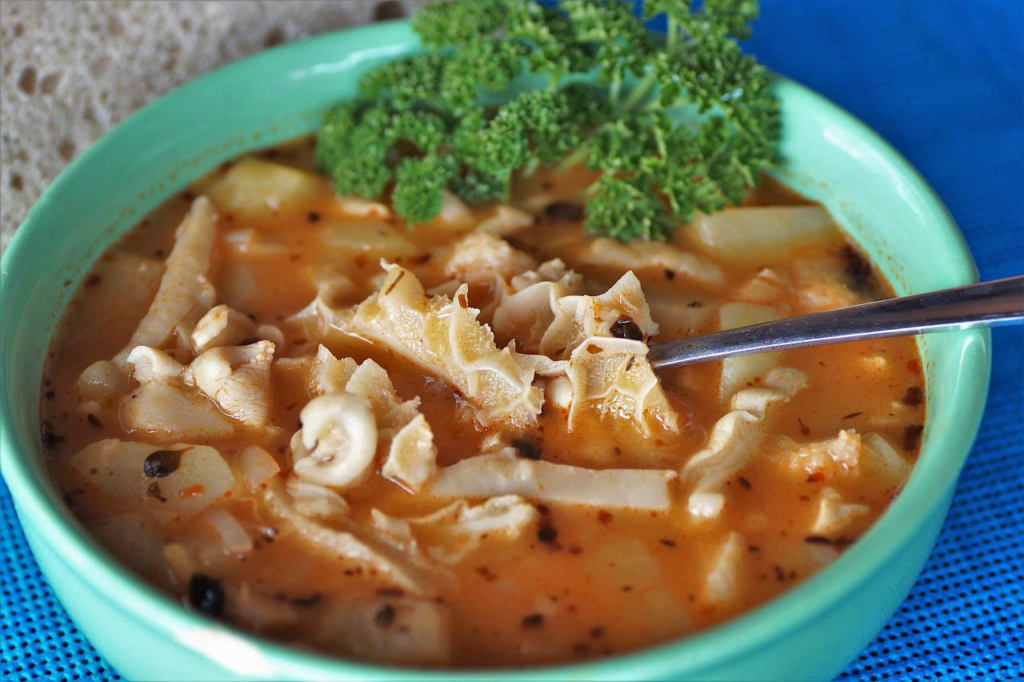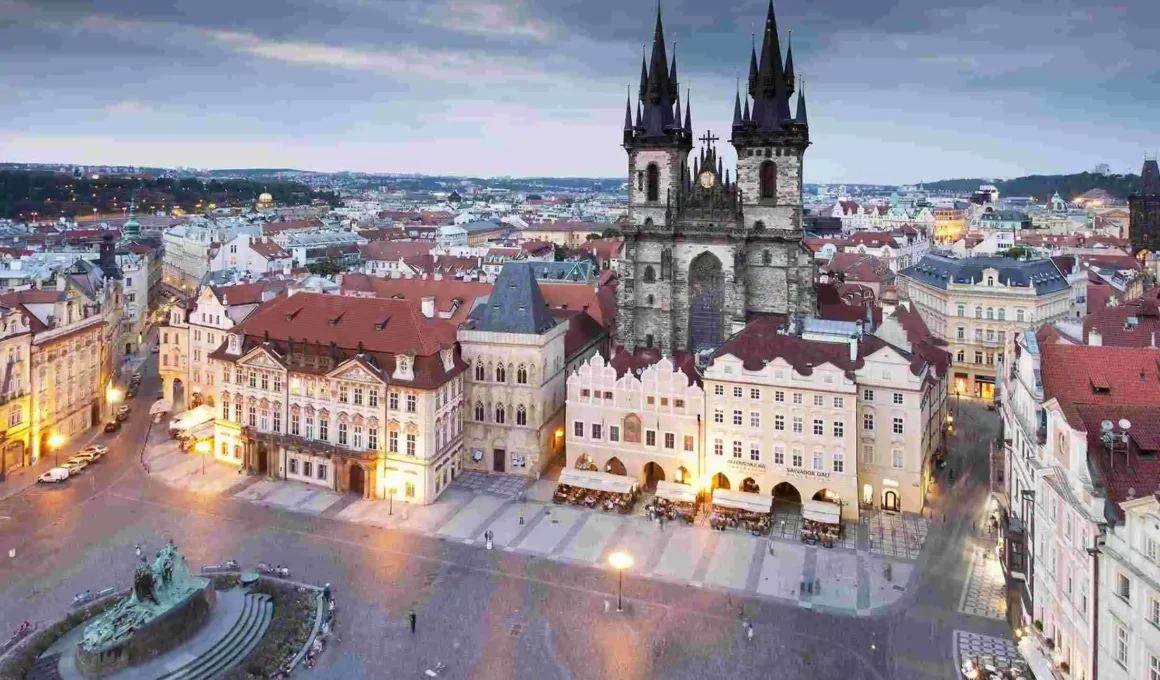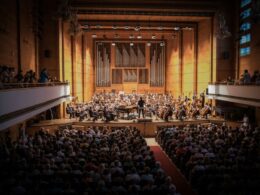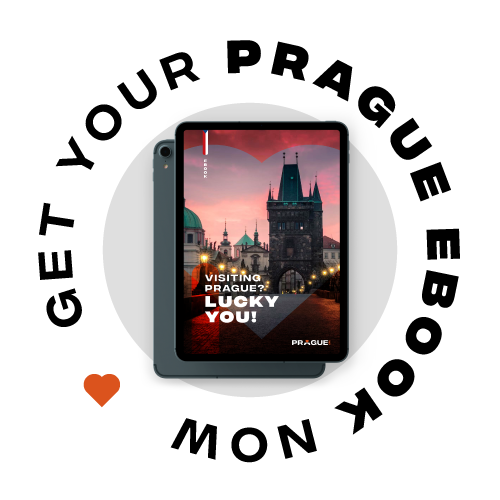Table of contents Show
Czech Culture
What are Czech people like?
Generally regarded as very straightforward, sarcastic and somewhat ironic people, Czechs are also very intimate with the people they know the best and tend to be very polite.
After spending some time around Czechs, you will see that they have a very cheerful attitude and are very helpful and cordial.
In terms of tourism, they are very used to it and the many tourists who visit their country and are known for their extreme hospitality and willingness to help out others.
Another thing you will notice about Czechs is that they are very keen on punctuality and organization, even when it comes to leisure activities and get-togethers. So in return for their hospitality and kindness, don’t make them wait! it’s considered impolite and inconsiderate, even more so than in other countries where tardiness can sometimes be simply considered being fashionably late.
Czech culture, rich history and excellent food
Although the Czech Republic is one of Europe’s most recently established states founded in 1993, the history of the land and its people is very extensive and stretches all the way back to the 6th century when the Slavs arrived.
Czech history and traditions

After the Slavs arrived and founded the first West Slavic State, known as Great Moravia, later came the Duchy of Bohemia and subsequently the Kingdom of Bohemia which lasted from the 9th century until the 16th century. Known as the Golden Age by most Czechs, this period saw a great influx of prosperity and formed the basis of the history of the region.
With the collapse of the Austro-Hungarian Empire in the First World War, at the end of it in 1918, the new state of Czechoslovakia was created, establishing Prague as its capital.
In March 1939, Prague was invaded by the Nazi army that created a protectorate. At the end of World War II, the history of Czechoslovakia was resumed under a communist regime.
In 1968, an attempt to overcome communism began, according to the Czechs looking for a “Socialism with a human face” led by Dubček, known as the Prague Spring.
In 1989 in Prague, taking advantage of the Soviet crisis, a movement began that history has called the Velvet Revolution, which achieved independence from the USSR. It was November 17, which then became the national holiday of the Republic.
In 1993, after the division of Czechoslovakia into two states, Prague remained the capital of the Czech Republic.
Main Traditions and holidays
One of the main reasons the Czech Republic, Prague in particular, is so appealing to visitors is its variety of traditions and cultural richness. It’s hard -if not impossible- to visit the Czech Republic and not feel enamored by its charm, which largely stems from its longstanding history.
This extensive history has led to many traditions and festivities still very much celebrated and thriving today, as well as a rich cultural environment that tourists can enjoy and partake in. If you have the opportunity to celebrate any Czech tradition, you’ll also find that locals are happy to share their culture with you.
Here is our breakdown of some of the Czech Republic’s main traditions and holidays:
Christmas
Christmas is celebrated with great fervor in the Czech Republic, being one of the most emotional holidays. Many of its cities decorate the streets with colored lights and their squares are prepared to host traditional markets where, in addition to being able to find beautiful Christmas decorations, you can enjoy the typical aromas and some of its most popular dishes along with the typical wine!
There’s plenty to say about how Czechs celebrate Christmas. So much so that Prague has become one of the most attractive European destinations during the winter months.
If you want to learn more about Christmas in Prague, don’t miss our recap of the 8 Best things to do in Prague in December.
Easter Celebrating the arrival of Spring
The celebration of Easter in the Czech Republic is closely related to the arrival of spring. The arrival of this holiday is known in the country as Velikonoce.
Easter eggs are one of the traditions that survive in the Czech Republic and symbolize the arrival of new life. This tradition is shared with many Slavic countries where eggs are decorated with beautiful colors, the most popular being red.
Witch Burning Festival
The Witch Burning Festival in the Czech Republic is one of the most traditional festivities celebrated on the night of April 30 to May 1. In medieval times, it was believed that witches roamed the mountains practicing black magic with the devil. The citizens, in order to get rid of the witches’ curses, used different amulets and lit big bonfires to burn the witches.
Over the years, the tradition continued, although with a more festive -and less somber- character.
Today, it is celebrated as a symbol of leaving the cold winter months behind, as Czechs happily say hello to the spring season. Thus, on the night of April 30, the Czechs go out to celebrate the Burning of the Witches by lighting bonfires in which they burn dolls made of rags and straw to represent the witches.
Czech cuisine

The traditional cuisine of the Czech Republic has many resemblances with the cuisine of southeastern Germany, as well as with Austrian cuisine. The cuisine of Bohemia (one of the two main regions of the Czech Republic) benefits from a microclimate that affects all the ingredients of Czech dishes. The natural culinary elements of this cuisine are fruits of the field, vegetables, forest fruits, mushrooms, fish and game meat. The cultivated fields leave a large number of delicious products that enrich the dishes and specialties of this country.
Main Czech dishes
The number of dishes found in Czech cuisine is so extensive, that it’s hard to pick only a few! However, we suggest you don’t miss out on any of the options below:
Knedlíky, are a kind of succulent flour “dumplings” that are a very typical pairing to Czech dishes, can be made from potato or even breadcrumbs. They are usually prepared in slices before being served on a plate.
The most popular dish, Vepřo knedlo zelo, (considered the national dish) is roast pork with pasta and is considered the most representative Czech dish.
Svíčková na smetaně is a kind of roast beef, usually larded, with a sauce made from carrots, parsley and cream, accompanied with the knedlíky. Often served with a spoonful of cream and cranberry sauce or cranberry compote and a few slices of lemon.
You won’t want tomiss out on trying Česnečka (garlic soup) either. Normally served with croutons, pieces of pork or sausage accompanied by an egg.
When it comes to beverages, let’s start by stating that the Czech Republic has the highest consumption of beer per capita on Earth. So as you can easily guess, Czechs are big fans of beer, particularly Pilsner, of national origin. All throughout the country, you can enjoy a vast offering of high-quality beer pubs with styles from all over the world!
Looking for great restaurants in Prague to try some Czech cuisine? Check out our top picks in our guide Where to eat – restaurants in Prague.
Czech language
Czech is a West Slavic language spoken mainly in the Czech Republic, which is represented in writing using the Latin alphabet along with various diacritical marks. Czech may seem complex to those learning it as a foreign language; this complexity is mostly due to its morphology. Another peculiarity of this language is the apparent freedom in syntax; often, any organizational possibility of terms is grammatically acceptable. Russian is one of the Slavic languages that share these features. In turn, its similarity to Slovak makes it an intelligible language with Slovak.
Czech currency
The Czech koruna, also known as Czech Crown, along with the defunct Slovak koruna, all descend from the Czechoslovak koruna, which was the official currency of Czechoslovakia until its dissolution in 1993.
Check out our guide All you need to know about the currency in Prague to learn more about the Czech koruna, as well as some nice tips on where to find the best exchange rates in Prague.
Czech sport
Ice hockey is an incredibly popular sport in the Czech Republic and has been a part of the country’s culture for many years. The Czech national hockey team is one of the best in the world, having won numerous medals in international competitions such as the Olympics, the World Championships, and the Euro Hockey Tour. Czech hockey players are known for their skill, speed, and toughness on the ice. Hockey is not only a sport in the Czech Republic but is also a cultural phenomenon that brings people together. Many Czech families have a strong connection to hockey, with children starting to play the sport at a young age. Along with hockey, the Czech Republic is also known for its love of beer, music, and traditional folk culture. From the lively pubs and music clubs in Prague to the small towns and villages that dot the countryside, the Czech Republic offers a unique blend of tradition and modernity that attracts visitors from around the world.
Czech Chess
Prague Chess is an integral part of Czech culture and has a rich history in the country. The game has been played in the Czech Republic for centuries and is a beloved pastime for many locals. The Czech Republic has produced several world-renowned chess players, including Vera Menchik, the first Women’s World Chess Champion, and David Navara, a grandmaster who has represented the country in numerous international tournaments.
Prague is home to several chess clubs and hosts various chess tournaments throughout the year, attracting players from around the world. The most prestigious of these events is the Prague Chess Festival, which is held annually and features some of the world’s top players.
Chess also plays a significant role in Czech literature, with several books and stories featuring the game as a central theme. One of the most famous of these works is “The Luzhin Defense” by Vladimir Nabokov, a novel that explores the psychological struggles of a chess player.
Overall, Prague Chess is a cherished aspect of Czech culture that continues to captivate and inspire both locals and visitors alike.
Visiting the Czech capital, Prague
Prague is the capital of the Czech Republic and the dreamy region of Bohemia. The city, with more than one million inhabitants, is also known as the City of a Hundred Spires or the “Golden City”.
Visiting Prague is like stepping into a fantasy come to life. The streets seem created for the simple enjoyment of the senses and the stores are decorated with the greatest care imaginable. The marked medieval atmosphere that envelops the city is capable of taking visitors back in time and making it so they will never forget such a special place with such varied activities and places to visit.
Explore The Splendor Of Czech Culture On Tour
There’s no better way to experience the fascinating Czech culture than through the following two activities.
Drinks and a Folkloric Dinner Performance
Experience a dinner performance with performers and musicians wearing traditional Czech and Moravian clothes. Pick a good main course and enjoy limitless drinks. Beer, wine, soft beverages, and water are free as you enjoy the folk dance presentation.
Highlights
- Relax and savor a hearty four-course meal prepared using authentic, traditional Czech ingredients.
- The tour takes about two and a half hour
- Cancellation is free
- Starting at €47.22 per person.
- Tune in to some classics from the Bohemian and Moravian areas and see if you can match the band’s Cappella arrangements.
- Participate in the performance by mastering certain traditional dances like the Mazurka.
- Pick your entree from the list of delicious options.
- Enjoy some traditional American meal is served family style at the diner or as buffets in the garden.
- Sing your country’s anthems alongside the band at the end of the show.
What is Included
- Welcome beverage
- An infinite supply of liquor, alcohol, and soft beverages
- Typical Czech meal consisting of four courses
- Authentic, in-the-moment performances
- Round trip transfers
- An English Host or Greeter
- Hotel pickup is optional
- wheelchair is available
Discover The City’s Highlights
Enjoy a small-group boat, bus, and walking tour of Prague’s most famous attractions. After seeing Prague’s Old Town and Castle, take a cruise down the scenic Vltava River.
Highlights
- The duration of the tour is 3.5-4 hours.
- Discover the best of Prague with a guided tour that takes you by boat, bus, and foot to see the city’s most interesting landmarks and neighborhoods.
- Talk to your guide to find out more about the background of the city and its most well-known landmarks.
- Travel around the picturesque Old Town in a comfortable air-conditioned minivan for the first round of the tour.
- Take in the breathtaking National Gallery, renowned Wenceslas Square, and the Prague’s Dancing House on a thirty – minute tour of the city.
- Explore the world’s largest ancient castle on foot.
- Perambulate the 70,000 square meters of lawns.
- Take advantage of some of the city’s finest photographic vistas.
- Make your way back to the Astronomical Clock in Old Town Square.
- Your tour guide will fill you in on the site’s backstory and the symbolic significance of the kinetic sculptures.
- You can cancel at no cost to you.
- Stop by the Jewish Quarter, where some of the city’s most impressive buildings can be found in all their solemn splendor.
- Take a ride along the Vltava River and unwind.
- Take in the sights of the city and the historic Charles Bridge as you relax on a 60-minute cruise over the lake.
What is Included
- Prague Castle Tour with a Local Guide
- A Tour of the Jewish District with a Local
- A sightseeing trip in the historic district by bus
- Cruise along the Vltava for 1 hour
- Trilingual live guides fluent in English, Spanish, Italian, and German
FAQ
Lesser-known Czech traditions include Masopust, a pre-Lenten carnival with parades and masks, and Mikuláš, celebrated on December 5th, where St. Nicholas visits children.
Czechs are generally hospitable towards tourists. To fit in better, tourists should be polite, punctual, and try to learn a few basic Czech phrases.
Must-try Czech dishes include Smažený sýr (fried cheese), Rajská omáčka (tomato sauce with beef and dumplings), and Pilsner beer, a staple of Czech beverages.
Yes, there are differences. For example, Moravians in the east are known for their wine culture and warmer hospitality compared to the beer culture and reserved nature of the Bohemians in the west.
Tourists can experience Czech culture by visiting smaller towns like Český Krumlov, attending local festivals, exploring regional museums, and staying in family-run guesthouses.





